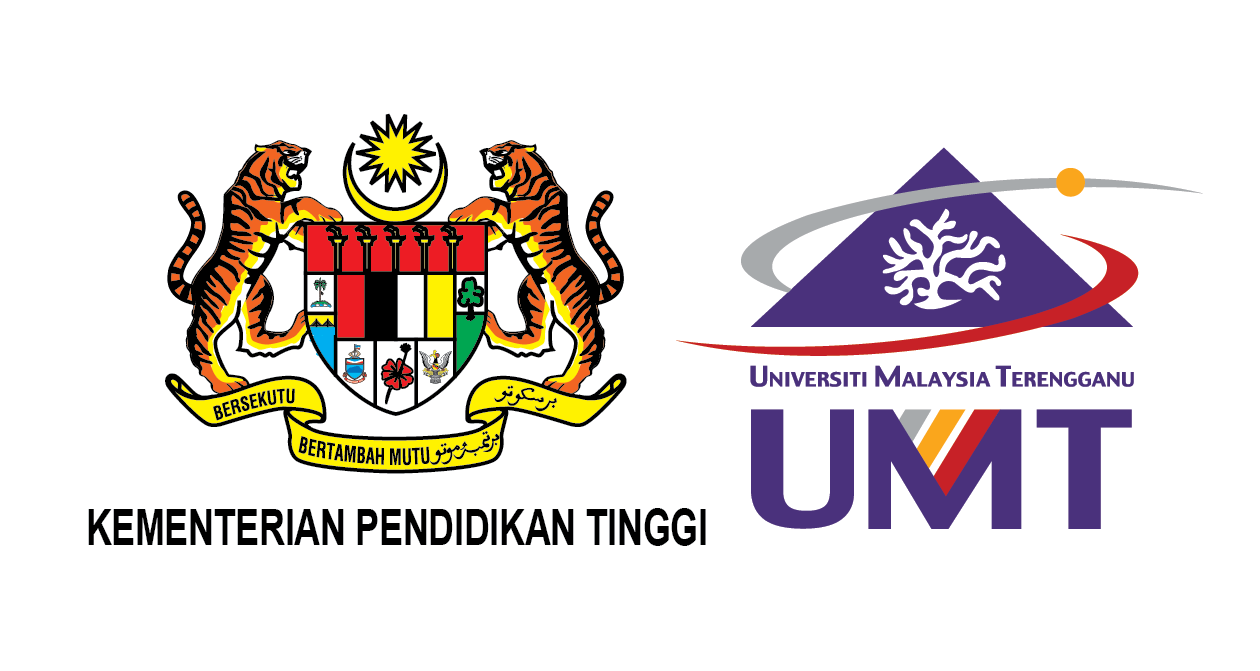Please use this identifier to cite or link to this item:
http://umt-ir.umt.edu.my:8080/handle/123456789/11428Full metadata record
| DC Field | Value | Language |
|---|---|---|
| dc.contributor.author | Jasmin Jaafar | - |
| dc.date.accessioned | 2019-01-14T08:31:56Z | - |
| dc.date.available | 2019-01-14T08:31:56Z | - |
| dc.date.issued | 2014 | - |
| dc.identifier.uri | http://umt-ir.umt.edu.my:8080/xmlui/handle/123456789/11428 | - |
| dc.description.abstract | Pandanus odoratissimus have been known as in folklore medicine because of its antimicrobial activities. The antimicrobial activities that have been observed in Pandanus odoratissimus may be due to the presence of volatile terpenes alcohols and monoterpene hydrocarbons which reported to exhibit synergic antimicrobial effects. In this study an attempt has been made to find out effect of different extracts (methanolic, hexane and ethyl acetate) of fruits and leaf from Pandanus odoratissimus on antimicrobial activities and growth of four target bacteria i.e. E.coli, P.aeruginosa, S.aureus and B.subtilis. For antimicrobial activities, two tests are being done which are Disc Diffusion Test and Minimum Inhibition Concentration (MIC). The most active extracts if from Pandanus Hexane Core (PHC) and Pandanus Ethyl Acetate Key (PEK) of Pandanus odoratissimus fruits which have 13 mm and 15 mm of inhibition zone respectively for antimicrobial activities. | en_US |
| dc.language.iso | en | en_US |
| dc.publisher | Universiti Malaysia Terengganu | en_US |
| dc.subject | Jasmin Jaafar | en_US |
| dc.subject | LP 7 PPSMS 1 201 | en_US |
| dc.title | The potential of fruits and leaf extracts of pandanus odoratissimus as an antimicrobial agent | en_US |
| dc.type | Working Paper | en_US |
| Appears in Collections: | Fakulti Pengajian Maritim dan Sains Marin | |
Files in This Item:
| File | Description | Size | Format | |
|---|---|---|---|---|
| LP 7 PPSMS 1 2014 Abstract.pdf | 838.79 kB | Adobe PDF | View/Open | |
| LP 7 PPSMS 1 2014 Full text.pdf Restricted Access | 2.91 MB | Adobe PDF | View/Open Request a copy |
Items in UMT-IR are protected by copyright, with all rights reserved, unless otherwise indicated.

